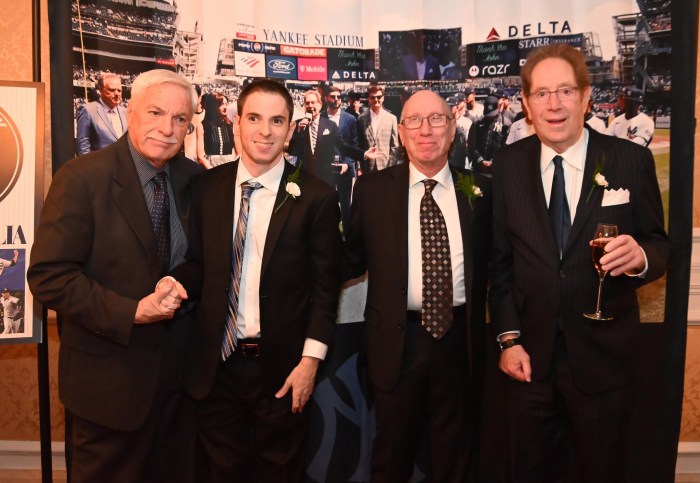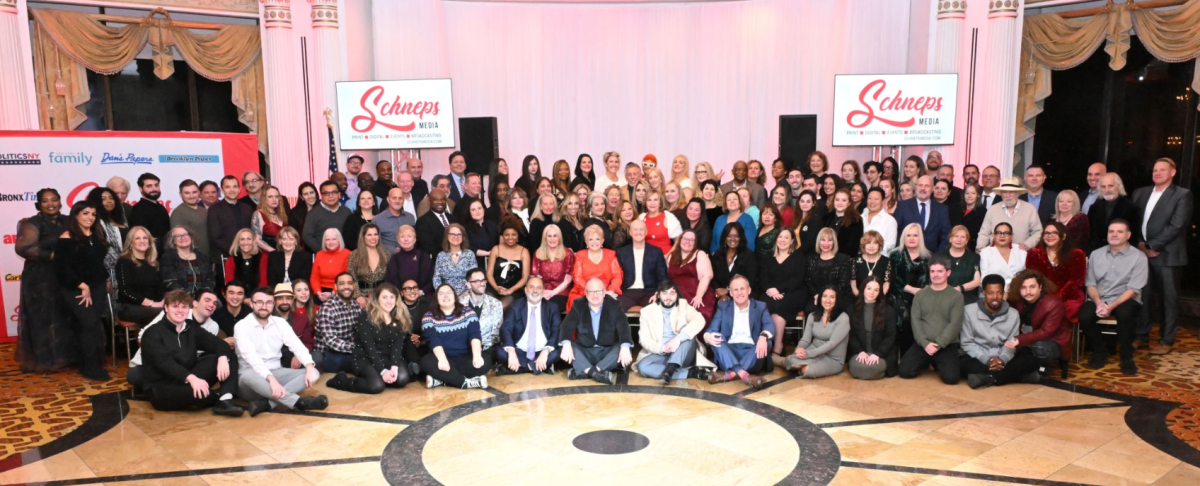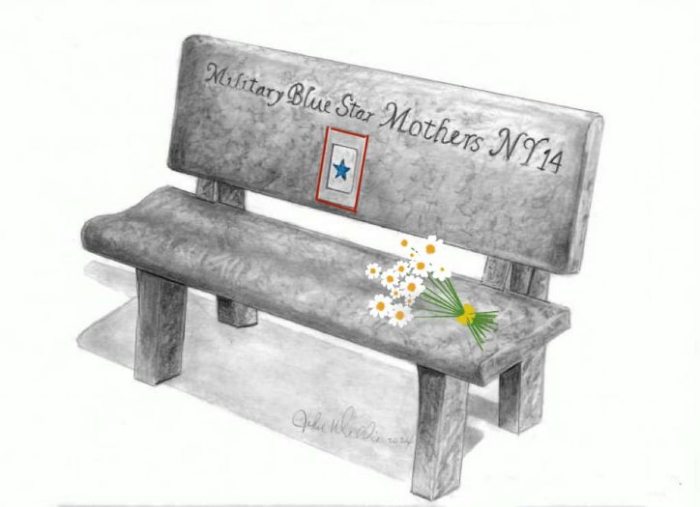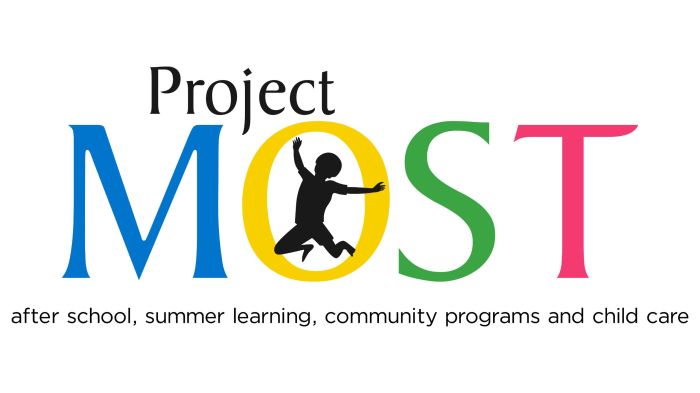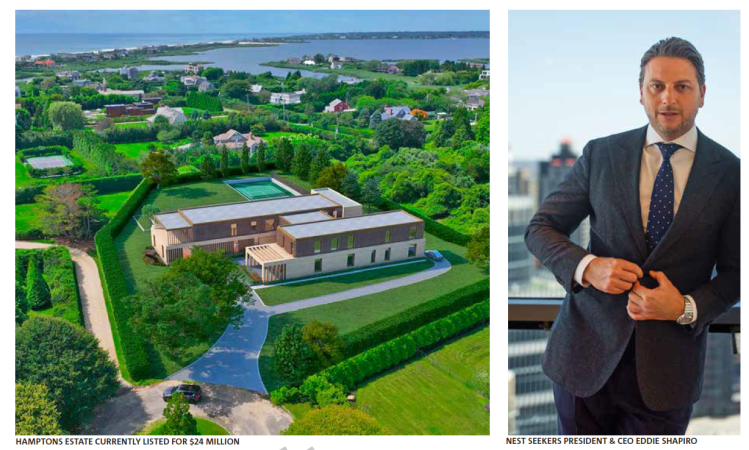Village Reiterates Information Related to Garden City’s Water System and Water Quality
Recently there have been intentionally inaccurate or otherwise misinformed posts on social media regarding the quality of our water and the Village’s efforts, goals and activities regarding our water system.
WE ASSURE YOU THAT OUR WATER IS TESTED DAILY AND THOROUGHLY IN ACCORDANCE WITH ALL STATE AND COUNTY MANDATES. IT MEETS ALL STANDARDS.
As we have stated for several years, the Board of Trustees of the Village of Garden City continues to aggressively address the issue of Village-sourced water and water contaminants. Most of the information contained in this release was previously stated at various public Board Meetings held during the last 2-3 years, but specifically at a Meeting held on September 19, 2019 and in our public release sent out during the week of October 25, 2019.
What are emerging contaminants?
Emerging contaminants, particularly 1,4-Dioxane, are not unique to Garden City or almost any water supply system across the country. Per- and Polyfluoroalkyl Substances (called PFAS) and contaminants such as 1,4-Dioxane are extremely soluble, which means they easily dissolve in groundwater, allowing them to travel far below ground. Plumes containing these various contaminants can migrate for miles and could be conjoined from multiple sources. These contaminants require specialized treatment systems because conventional water treatment methods do not remove them. On Long Island, many communities share the various underground aquifers for their sources of water so problems in one village or town are often linked with bordering villages or towns.
What are the standards for these chemicals in our water?
The Federal Government, through the Environmental Protection Agency, has not set any enforceable standards for 1,4-Dioxane. According to the U.S. Environmental Protection Agency, 1,4-Dioxane is a “likely human carcinogen” and has been found in groundwater at sites throughout the United States yet it has refused to take steps to set a national standard.
In the summer of 2019, the State of New York proposed enforceable standards for these emerging contaminants for the first time. The standards were subsequently formally adopted in early 2020. In New York State, the standard is set at 1.0 parts per billion for 1,4-Dioxane and 10 parts per trillion for PFAS.
But what exactly are standards? Why isn’t our water “pure” and how can we get “pure” water?
It is important to understand, as frustrating as it might be, that there is really no such thing as “pure water” or one actual standard for “safe” water.
In this region, many point to New York City water as “pure” and New York City likes to promote its water as the best in the country. It is not. Many studies actually list the water in other parts of the country as cleaner or containing less chemicals and pollutants. Chemicals and pollutants, natural and man-made, including those that occur in the ground, in a water supply source and also in the delivery systems themselves, impact water quality and the concept of safety.
Returning to the topic of standards from emerging contaminants such as 1,4-Dioxane, New York State’s standard is the strictest in the country, and before its adoption in early 2020, New York State had no such standards. Therefore, under the concept of “safe” the water that we all have been drinking for decades was considered “safe.” Other states still have not adopted any standards, and of those that have, all of them allow for more of these contaminants in their drinking water.
“Meeting standards” is a murky and imperfect system for anyone to assess “purity” or “safety” because standards are imperfect measures often set on local levels. In New York, as of 2020, water that contains less than 1.0 part per billion for 1,4-Dioxane is deemed “safe” in New York. Some would argue that no amount of these emerging contaminants is safe. However, another state might have adopted a standard of 2.0 parts per billion because it believes that higher allowable standard is proper and supported by science (or for whatever other reasons). In that location, the water is deemed “safe”. Many states and the Federal EPA have no standards for 1,4-Dioxane or other emerging contaminants, chemicals or pollutants. Since New York adopted a standard only in 2020, does that mean that before such time the water was not safe? No – under pre-2020 standards, it was deemed safe.
Relevant to the social media posting that claims that we must tie into the New York City Water System to solve all of our water issues, consider this fact: Water in the New York City Water System is fluorinated. Some people believe that fluoride is not a beneficial additive to water and causes all sorts of problems for humans; in other words, fluoride is not “safe.” In fact, Nassau County prohibits fluoride in water. So, doesn’t that mean that New York City water is unsafe?
Let us be clear on the central point: No one at the Village level is ignoring the standards and the science to address improving our water.
What are we doing to improve our Water?
The Village Water Department and Board of Trustees created an action plan in early 2019 to get ahead of any potential issues. At the September 19, 2019 public Board Meeting, the Board approved an additional $5.1 million of spending on our Water System to address 1,4-Dioxane and PFAS, in addition to the $16,450,000 previously approved. Since that time, we have committed millions more to implement additional systems and technology. It is important to note that the Village’s Water Supply is tested daily to ensure all standards in regard to safety and quality are being met. The Village continues to spend and invest in infrastructure to ensure the safety of Village water.
The Village has also filed litigation with many other municipalities to hold the manufacturers of these contaminants accountable because the Village firmly believes residents and ratepayers should not be held liable for the expense of cleaning up the mess left behind by the companies responsible for the pollution.
Notwithstanding that the Village has until May 2022 to meet the new emerging contaminants standards, we expect that every well in our water system will satisfy all New York State standards for these emerging contaminants within the next six months. Several of our wells already meet these standards.
Do we wish we could do so sooner? Of course, but anyone arguing that the Village has ignored these issues is wrong and trying to put a spin on the issue for apparently their own self-interested or misguided purposes. As we state above, New York did not even approve these standards until early 2020 and even now, the water industry is still experimenting with different technologies to address how to remove emerging contaminants. We point out to you that many commentators and scientists in the area of water quality didn’t even identify the issue and first started referring to them as “emerging contaminants” in 2018. We note for you that one of the loudest Village critics on social media stated as follows in two published articles in December 2018 (note the date – December 2018):
Emerging contaminants, 1,4-Dioxane and per- and polyfluoroalkyl substances (PFASs), in the groundwater and drinking water supply are the new environmental crisis … There are several factors contributing to why the issues associated with these emerging contaminants are only recently surfacing … Advances in technology have enabled us to modify and enhance existing methods in order to detect lower concentrations and limits of 1,4-Dioxane, as well as many other emerging contaminants. These advances have allowed us to have an awareness of just how prevalent these chemicals are in our environment and an understanding of what needs to be done to limit the public from harmful exposure.
So why can’t we tie into the New York City Water System?
One of the Village’s Water Consultants, H2M, presented certain information on these issues at the September 19, 2019 public meeting held by the Village. Mr. James Roberts, PE, spent 34 years working for the New York City Department of Environmental Protection, which is in charge of the New York City Water System. His last 10 years at NYC DEP were spent in charge of the water supply and delivery system for New York City’s in-city water system. His title was Deputy Commissioner. Mr. Roberts is, quite frankly, far more qualified to address this issue than anyone making posts on this topic on social media.
At the prompting by Members of the Board, Mr. Roberts addressed the idea of whether the Village would be able to obtain water from New York City. The takeaway? This theoretical solution involves massive technical, monetary and political issues. None of these can be solved by our Village alone or in less than a period of 5-10 years. This information is based not only on the expertise of Mr. Roberts, but also reflects discussions that the Village had with New York City. Again, facts disclosed and discussed previously in Village Board Meetings and Meetings of the Environmental Advisory Board. We summarized some of the issues and problems in our October 2019 release:
- Even if New York City were willing to do so, and there was no third-party opposition, the infrastructure and technical issues involved would require millions of dollars and take years to implement. Who would pay for it?
- The existing New York City Water Distribution System in Queens is designed to deliver water to that geography. Extension of the delivery infrastructure beyond the Nassau County line would require study, investments, approvals, agreements, etc., and would likely take years to execute. It would be subject to extensive environmental and land use review by all the involved agencies and would likely trigger a comprehensive planning effort.
- These changes would require upgrades or new systems to reach the Nassau County border, let alone Garden City, including new infrastructure through other villages. It would require a new water pipeline to supply us with water from the New York City System. Who is to say that these other villages would be so quick to agree to the digging and disruption?
- The New York City System applies fluoride to its water supply. Fluoride is currently not approved by the Nassau County Department of Health. Further, while not believed to be an issue that is impossible to overcome, water chemistry and the application of corrosion-inhibiting chemicals such as orthophosphate in the New York City supply would require careful testing within the Village to ensure there were no unintended consequences, particularly with issues where galvanized and lead service lines exist. The Nassau County Department of Health prohibits any use of fluoridation in water in Nassau County and therefore any New York City water would have to be treated (another added cost) to remove the fluoride.
- It is unlikely New York City would enter into an unconditional agreement to provide potable water to the Village. It is reasonable to expect that in the event of a drought or catastrophe, New York City would be compelled to serve its constituents first and reserve the right to cease supplying the Village. Thus, we would still be required to maintain our own water system as a backup and keep it working and in compliance with state and local health standards, including incurring the cost of treatment to meet applicable 1,4-Dioxane and PFAS standards. Tying into the New York system would not save us any money.
Where does this leave us?
The Village embarked on steps to address these issues well before many other Villages and Towns. We expect our systems to be fully operational to address these emerging contaminants within the next six months, if not sooner. Thus, we will have solved the issue well before any shovel to tie into the New York City Water System would have touched the ground. As we have said many times, and as anyone who has attended our Meetings during the last two years would have heard loud and clear, the Village Board wants every resident to know that it is acting to address these issues, is committed to fixing the issues and is fixing these issues. We have hired the best and brightest. There is no cheap or easy fix but we are acting quickly and responsibly at every turn.
Village of Garden City, Mayor and Board of Trustees





